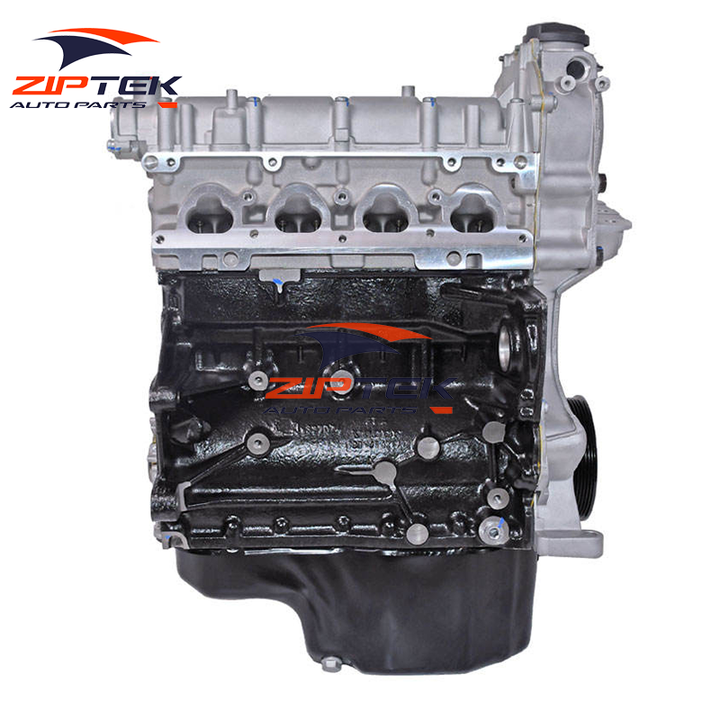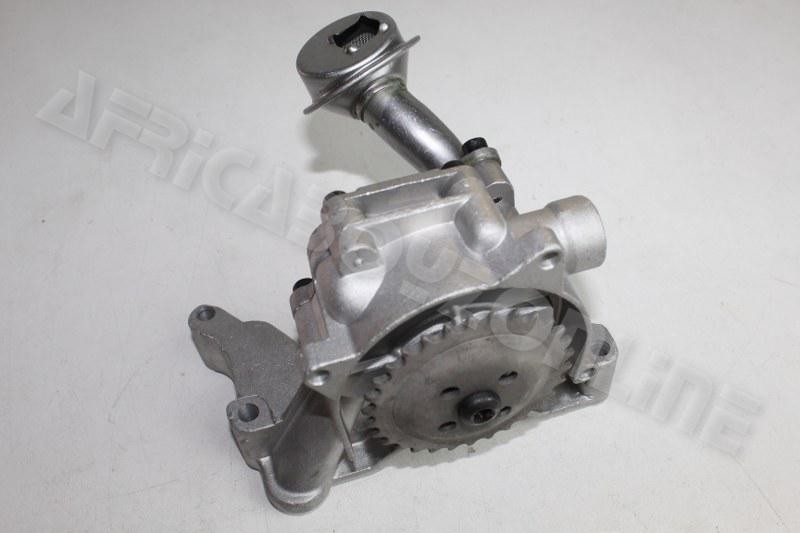Pick a cutting-edge clp engine for superior results.
Pick a cutting-edge clp engine for superior results.
Blog Article
Just How a Clp Engine Can Boost Effectiveness in Numerous Industries
The introduction of CLP engines marks a substantial shift in operational efficiency throughout numerous industries, driven by their capability to enhance gas usage and lessen downtime. Industries such as production and logistics stand to get considerably from their durable layout and regular power result, which assure to enhance procedures and enhance performance. As organizations progressively prioritize sustainability alongside performance, the function of CLP engines ends up being much more vital. What stays to be seen is how these improvements will form the future landscape of commercial procedures and their effect on broader financial patterns (clp engine).
Review of CLP Engines
CLP engines, or Continuous Fluid Propellant engines, represent a considerable advancement in propulsion technology, specifically for area applications. These engines use a constant feed system that permits the sustained expulsion of propellant, causing improved performance and efficiency contrasted to typical strong or hybrid propulsion systems. By preserving a constant circulation of fluid propellant, CLP engines can achieve more exact drive control, which is essential for navigating spacecraft in various goal scenarios.
The design of CLP engines incorporates innovative materials and innovative gas management systems. clp engine. This causes reduced weight and raised reliability, necessary variables for long-duration space missions. Additionally, the continual procedure minimizes the threat of combustion instability, an usual challenge in standard rocket engines.

Benefits in Production
The production of Continual Liquid Propellant (CLP) engines presents a number of remarkable benefits that improve both efficiency and cost-effectiveness. Among the key advantages is the structured manufacturing procedure, which decreases the intricacy connected with typical propulsion systems. By making use of fluid propellant, manufacturers can achieve better precision in engine performance, causing optimized energy outcome and decreased waste.
Furthermore, CLP engines help with a higher degree of modularity, enabling for easier combination right into different production lines. This versatility can significantly decrease preparations and boost total operational adaptability. Using CLP innovation additionally tends to decrease the demand for extensive upkeep because of less relocating components, which translates into lowered downtime and operational costs.

Applications in Logistics
Leveraging Constant Liquid Propellant (CLP) engines in logistics provides substantial benefits in functional effectiveness and reliability. These engines offer a durable service for various transportation requirements, allowing the smooth activity of goods throughout large ranges. The inherent layout of CLP engines enables consistent power output, which translates into smoother and more predictable transport routines.
One of the vital applications of CLP engines in logistics is in heavy-duty freight transportation, where they can drive both ground and aerial lorries. Their ability to preserve high performance under varying tons problems Clicking Here makes certain that distribution timelines are satisfied, thereby enhancing client contentment. In addition, CLP engines can be integrated right into automated logistics systems, helping with real-time monitoring and enhancing course preparation.
Additionally, the durability of CLP engines minimizes maintenance downtime, enabling logistics firms to optimize their functional capacities. This is specifically helpful in warehousing operations, where effectiveness in dealing with and delivering products is essential. As logistics continues to develop, the assimilation of CLP engines stands for a forward-thinking approach that not just boosts efficiency yet likewise sustains the market's growing needs for reliability and speed.
Influence On Power Efficiency
Just How do Continuous Liquid Propellant (CLP) engines improve energy efficiency in transport? CLP engines make use of a consistent circulation of fluid fuel, enhancing burning procedures and maintaining a stable drive outcome. This design reduces power losses connected with typical combustion engines, where fuel distribution can differ and cause inadequacies.
The continual operation of CLP engines permits an extra effective thermal cycle, resulting in greater specific impulse contrasted to conventional engines. clp engine. This equates to lowered fuel consumption for the exact same amount of work done, dramatically reducing functional costs throughout different transportation markets, including air travel and maritime markets
In addition, the ability of CLP engines to keep optimal efficiency under varying load find conditions minimizes the requirement for regular acceleration and deceleration, better boosting fuel efficiency. Improved power performance not just adds to cost savings yet additionally results in decrease greenhouse gas discharges, aligning with worldwide sustainability objectives.
Future Trends and Innovations
Emerging innovations in Continual Liquid Propellant (CLP) engine innovation assurance to change the landscape of transportation effectiveness and sustainability. As markets pivot toward greener choices, CLP engines stand at the leading edge, integrating innovative products and design methods that boost performance while minimizing ecological influence.
Among one of the most encouraging patterns is the adoption of crossbreed systems that incorporate CLP engines with eco-friendly energy resources. This harmony can enhance gas consumption and reduce emissions, straightening with international sustainability goals. Furthermore, improvements in computational liquid characteristics (CFD) are promoting the design of more aerodynamically reliable engines, bring about reduced drag and improved gas performance.
Additionally, the growth of clever surveillance systems is established to enhance functional effectiveness. These systems take advantage of data analytics and IoT innovation that site to optimize engine performance in real-time, ensuring that the engines operate within their most reliable parameters.
As study remains to discover alternate propellant formulas-- such as biofuels and artificial gas-- the future of CLP engines looks encouraging. By harnessing these advancements, sectors can not only boost their efficiency however additionally contribute substantially to a cleaner, extra sustainable future in transportation.
Verdict
Finally, CLP engines represent a significant innovation in effectiveness throughout multiple markets. Their capability to enhance gas intake and lower functional expenses, integrated with a continual feed system, boosts power outcome and functional reliability. The assimilation of advanced materials and fewer moving components reduces maintenance demands, while positioning with sustainability goals settings CLP engines as a crucial technology for the future. Continued development in this area guarantees additional enhancements in effectiveness and environmental performance.
Report this page